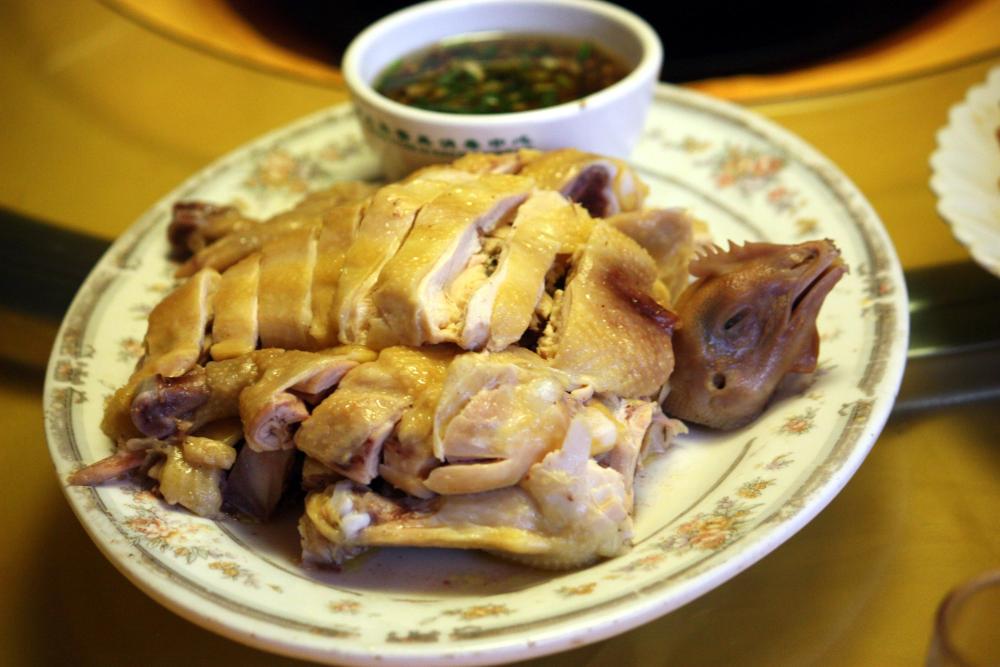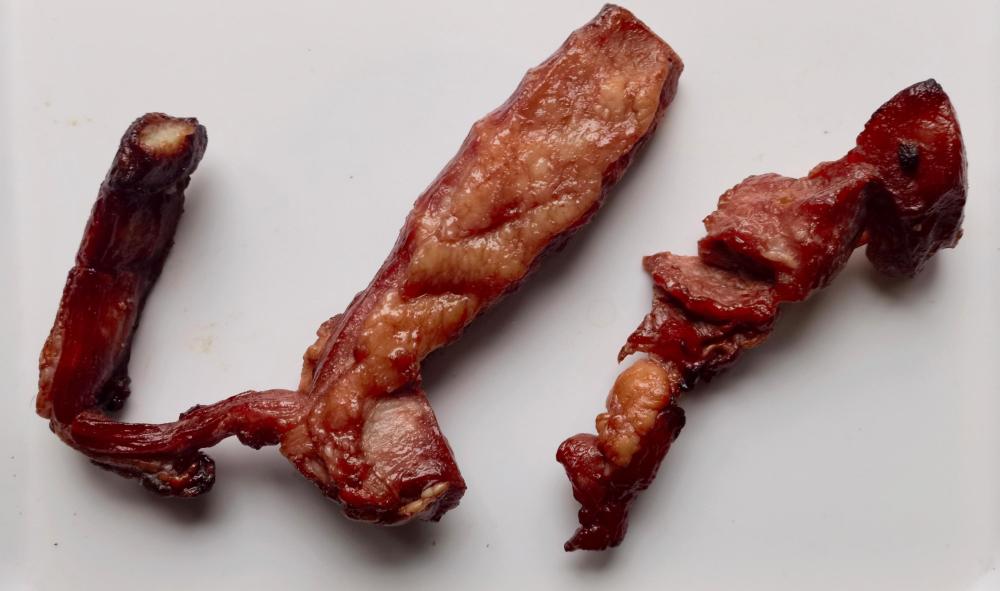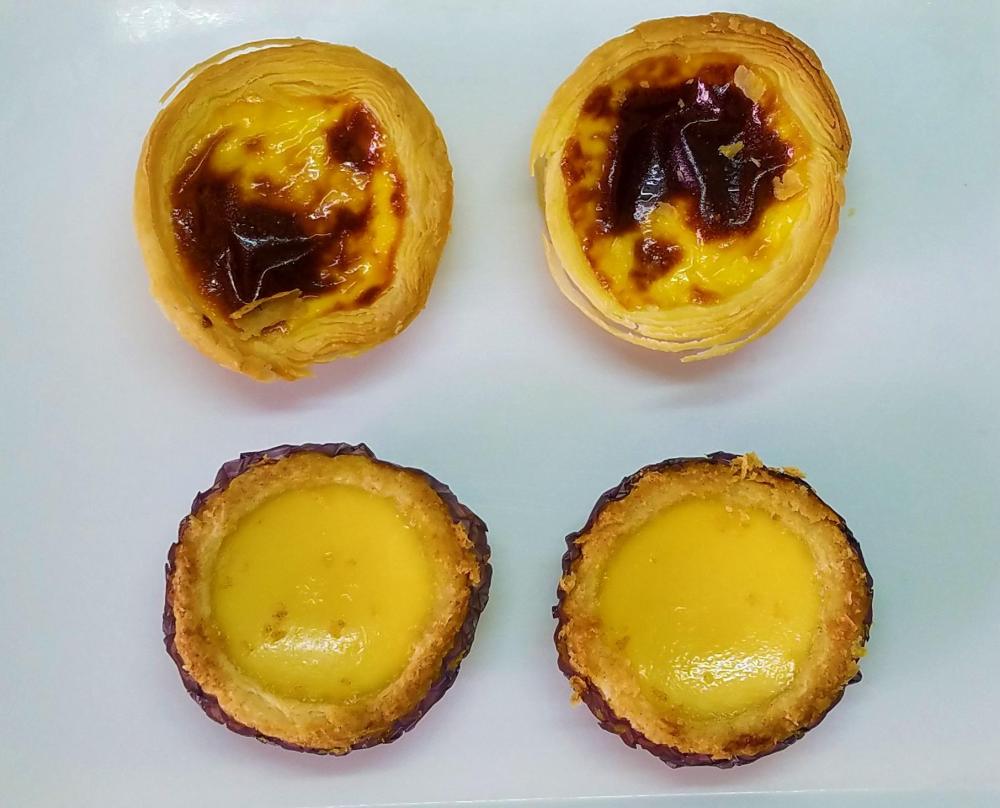粤菜 (Mand: yuè cài; Cant: jyut6 coi3) - Cantonese cuisine (Part One)
Note: As many people in this area speak Cantonese, I am giving the pronunciation in both Mandarin and Cantonese. I am also giving names in both Simplified and Traditional Chinese characters as the latter are still used in Hong Kong and Macao and sometimes in restaurants on the mainland, although that is discouraged. If only one set of characters are shown as in the title of this post, that means the simplified and traditional are the same. On with the show.
Named for the city of Guangdong, formerly called Canton by the British, this is the food of Guangzhou Province and southern Guangxi. It also includes Hong Kong and Macao and is the most common Chinese cuisine found abroad, simply because most emigrants were from the area and had access to trade with the colonial powers. The cuisine they took with them has, however, been much altered away from its roots. This emigration also explains Cantonese being the dominant Chinese language among the diaspora, although that is changing rapidly. Some American and Canadian cities now have more Mandarin than Cantonese speakers. Last time I was in London (2019) I heard more Mandarin than Cantonese in Chinatown.
Yet, this is another example of mythology. Cantonese food is not a unified cuisine. It falls into three distinct cuisines: Guangzhou cuisine, Chaozhou cuisine and Dongjiang cuisine, while Hong Kong and Macao can be also be considered sub-cuisines, both having been influenced to varying degrees by their colonisers, Britain and Portugal respectively.
In this post I will deal with the first - Guangzhou cuisine. I should declare a lack of interest. Cantonese is probably my least favourite Chinese cuisine (with a handful of important exceptions). I find it bland, over-expensive and boring, but I know I’m in an unrepentant minority. But I’ll try to be impartial.
The food in general is attractively presented and the freshness and quality considered paramount.6 Flavourings and seasonings are light, with sugar used as a ‘spice’ (but not as heavily as in western Chinese restaurants. Conserving the original flavours of the ingredients is a major goal.
Those ingredients are many and various. Most of the horror stories coming out of China (true or false) arise in Guangzhou. I mentioned somewhere above that Qingping market (青平市场 - qīng píng shì cháng; Cant: ceng1 ping4 si5 coeng4) in Guangzhou was like a supermarket resembling a zoo. Civet cats sold here were widely thought of as being the source of SARS in 2003. It also uses a lot of little known vegetables, especially in restaurants.
Most of these ‘exotic’ ingredients are only used in restaurants and seldom in domestic kitchens.
Some of the best known dishes in Guangzhou and throughout China include 白切鸡 / 白切雞 (Mand: bái qiē jī: Cant: baak6 cit3 gai1), White Cut Chicken. This is a whole (plucked and gutted but skin, head and feet kept intact) chicken slow poached in lightly salted water with chopped green onions, ginger, and Shaoxing wine or baijiu wine. The bird is usually poached for around 15 minutes then the heat turned off and the chicken left in the cooling water to finish in the residual heat. It is then placed in an ice bath to cool completely and served, usually with dips. This one I like, but you can keep the skin. I only like crisp skin.
White Cut Chicken
Another poultry dish is 广式烧鹅 / 廣式燒鵝 (Mand: guǎng shì shāo é; Cant: gwong2 sik1 siu1 ngo4*2), Guangzhou Roasted Goose. This reaches perfection in Hong Kong.
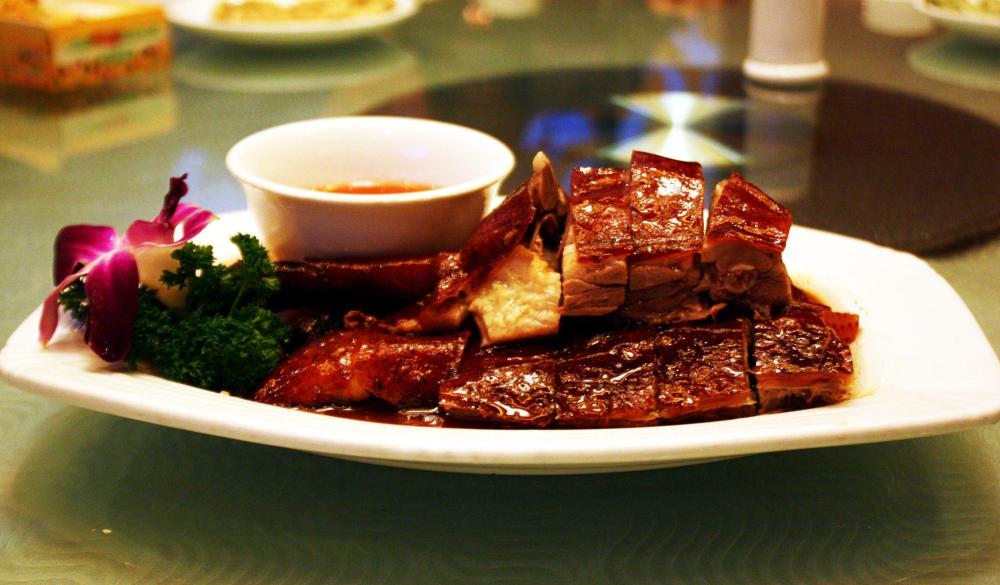
Roast Goose
烤乳猪 / 烤乳豬 Mand: kǎo rǔ zhū; Cant: haau1 jyu5 zyu1) or 烧乳猪 (Cant: siu1 jyu5 zyu1 in Hong Kong), Roasted Sucking Pig is a wonderful dish at more formal events or celebrations. Crisp skin and succulent meat. But I doubt many people are rustling that up at home.
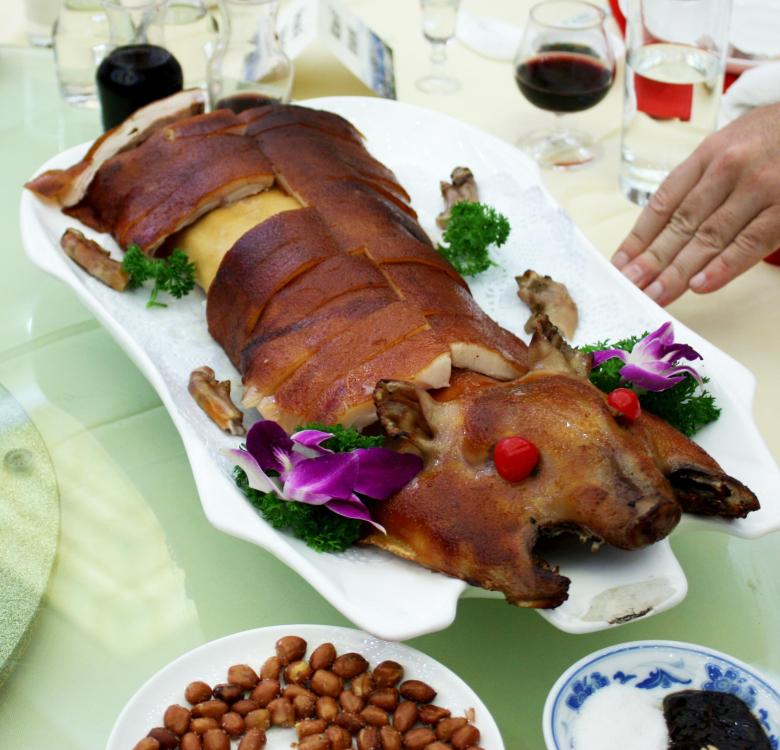
Roast Sucking Pig
蜜汁叉烧 / 蜜汁叉燒 (Mand: mì zhī chā shāo; Cant: mat6 zap1 caa1 siu1), Honeyed Char Siu is well known. Often just abbreviated to the last two characters. Used as is, in fried rice, soups, buns etc.
The crispest char siu is not made with honey, but maltose - less sweet but a better glaze.
Char Siu
Char siu bao bun.
My favourite breakfast is also Cantonese: 皮蛋瘦肉粥 (Mand: pí dàn shòu ròu zhōu; Cant: pei4 daan6*2 sau3 juk6 zuk1), Congee with lean pork and century egg. Simple: rice, water, century egg and ground pork. Often served with pickles.
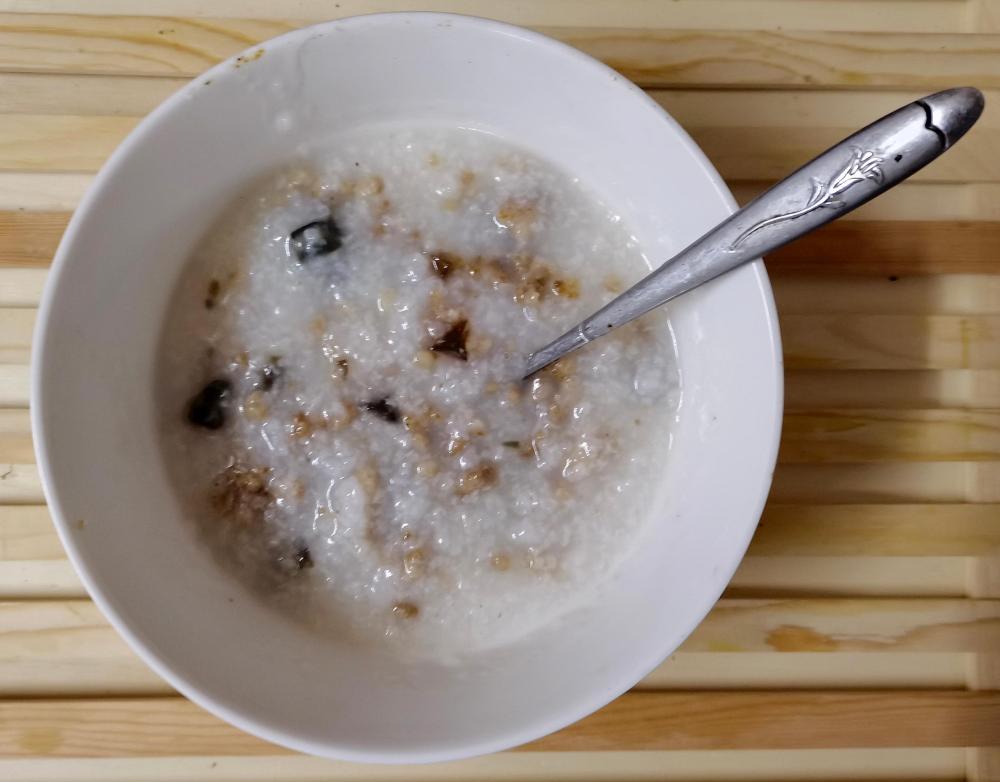 Lean Pork and Century Egg Congee
Lean Pork and Century Egg Congee
Another well known Cantonese treat, imported from Europe in colonial times, is 蛋挞 / 蛋撻 (Mand: dàn tà; Cant: daan6 taat3*1) Egg Tarts. These come in two varieties: 香港蛋挞 / 香港蛋撻 (Mand: xiāng gǎng dàn tà; Cant: hoeng1 gong2 daan6 taat3*1), Hong Kong Egg Tarts; and 澳门蛋挞 / 澳門蛋撻 (Mand: ào mén dàn tà; Cant: ou3 mun4*2 daan6 taat3*1), both of which are available all over China and beyond.
Top: Macao Egg Tars; Bottom: Hong Kong Egg Tarts
Finally, for now, one for the vegans. They need all the help they can get. 罗汉斋 / 羅漢齋 (Mand: luó hàn zhāi; Cant: lo4 hon3 zaai1), supposedly so-named because vegetarian Buddhist monks couldn’t resist it. It is a mung bean noodle dish which, when properly and traditionally made has 18 ingredients, all vegan. Recipe and image here.
More later.


